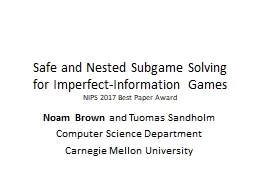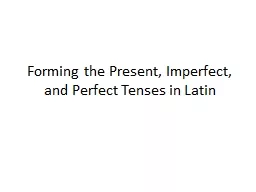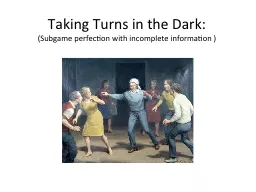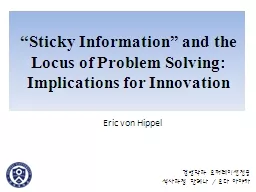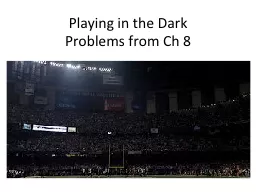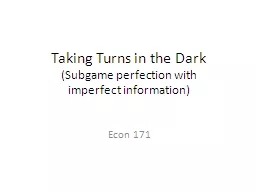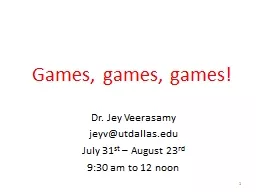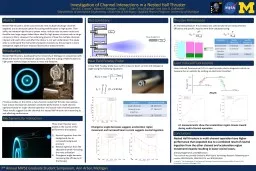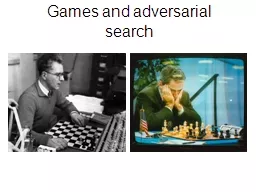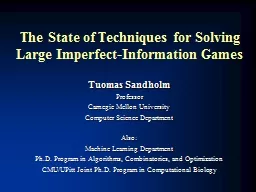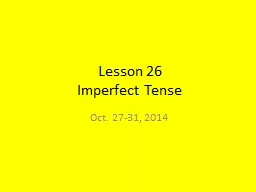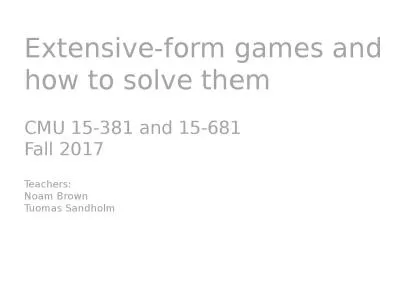PPT-Safe and Nested Subgame Solving for Imperfect-Information Games
Author : phoebe-click | Published Date : 2020-04-05
NIPS 2017 Best Paper Award Noam Brown and Tuomas Sandholm Computer Science Department Carnegie Mellon University ImperfectInformation Games Poker Security Physical
Presentation Embed Code
Download Presentation
Download Presentation The PPT/PDF document " Safe and Nested Subgame Solving for Imp..." is the property of its rightful owner. Permission is granted to download and print the materials on this website for personal, non-commercial use only, and to display it on your personal computer provided you do not modify the materials and that you retain all copyright notices contained in the materials. By downloading content from our website, you accept the terms of this agreement.
Safe and Nested Subgame Solving for Imperfect-Information Games: Transcript
Download Rules Of Document
" Safe and Nested Subgame Solving for Imperfect-Information Games"The content belongs to its owner. You may download and print it for personal use, without modification, and keep all copyright notices. By downloading, you agree to these terms.
Related Documents

